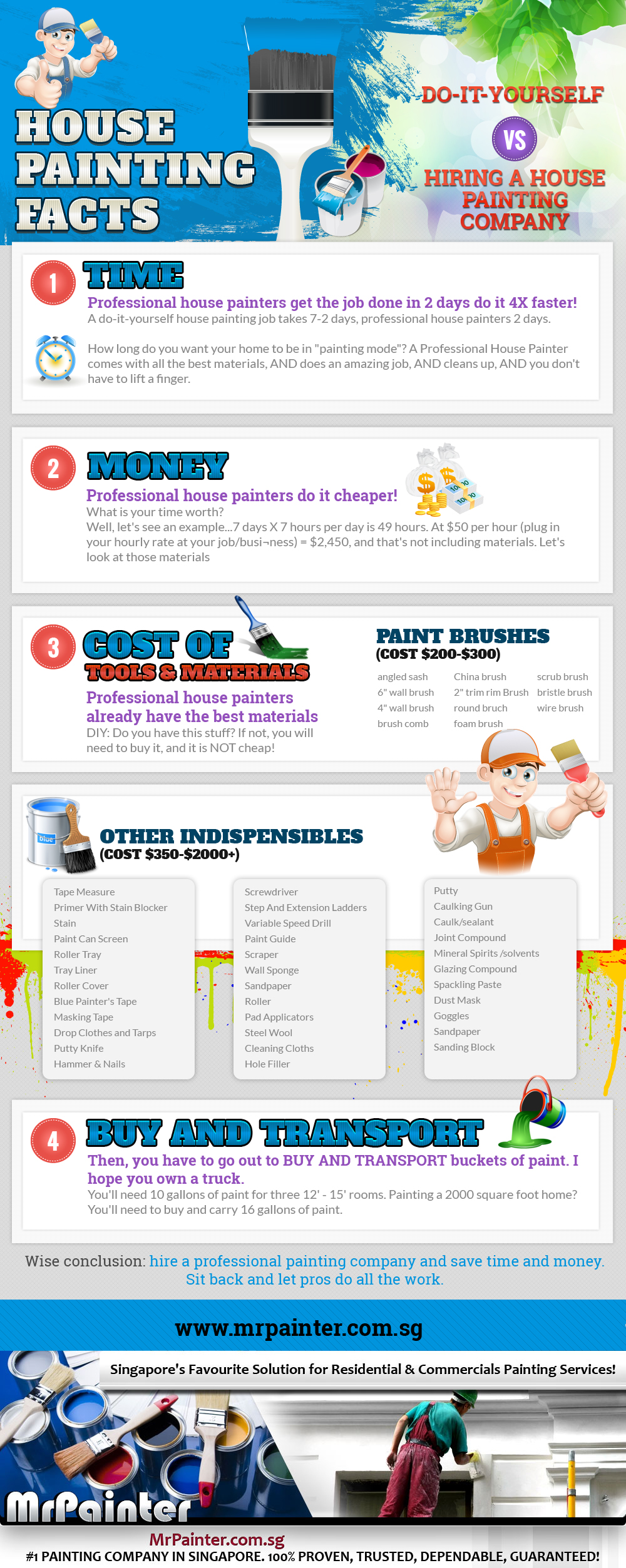Learn More About The Ways In Which Seasonal Variables Can Impact The Success Of Industrial Outside Paint And Establish The Very Best Times To Achieve Enduring Outcomes For Your Task
Learn More About The Ways In Which Seasonal Variables Can Impact The Success Of Industrial Outside Paint And Establish The Very Best Times To Achieve Enduring Outcomes For Your Task
Blog Article
Material Writer-Leach Rosendal
When you're intending a business external painting job, seasonal variables can make or damage your results. simply click the following internet site 'll want to think about just how temperature and moisture effect paint application and drying out times. Picking the appropriate season can ensure your paint adheres appropriately and lasts much longer. But which periods are absolutely the most effective for this sort of work? Allow's check out the key elements that can affect your project's success.
The Impact of Temperature on Paint Application
When you're intending an industrial external paint project, the temperature level can significantly influence how well the paint sticks and dries.
Ideally, you wish to paint when temperature levels range in between 50 ° F and 85 ° F. If painters wanted near me 's as well cold, the paint might not treat appropriately, leading to problems like peeling off or splitting.
On the other side, if it's also hot, the paint can dry out as well swiftly, stopping proper bond and resulting in an unequal surface.
You need to also consider the time of day; early morning or late afternoon offers cooler temperature levels, which can be much more positive.
Always inspect the supplier's suggestions for the certain paint you're utilizing, as they frequently offer support on the perfect temperature variety for ideal outcomes.
Moisture and Its Effect on Drying Times
Temperature level isn't the only environmental aspect that affects your commercial outside paint task; moisture plays a significant function also. High humidity levels can reduce drying times considerably, affecting the total top quality of your paint job.
When the air is saturated with moisture, the paint takes longer to cure, which can result in problems like inadequate bond and a greater threat of mold growth. If you're repainting on an especially humid day, be prepared for prolonged delay times in between coats.
It's essential to monitor regional climate condition and plan as necessary. Ideally, go for moisture degrees between 40% and 70% for ideal drying.
Maintaining these factors in mind guarantees your project stays on track and delivers a long lasting coating.
Best Seasons for Commercial Exterior Paint Projects
What's the best time of year for your commercial exterior paint jobs?
Springtime and very early fall are usually your best choices. Throughout these periods, temperatures are moderate, and humidity levels are commonly reduced, developing excellent conditions for paint application and drying out.
Avoid summer season's intense heat, which can create paint to completely dry too promptly, bring about inadequate adhesion and coating. In a similar way, winter's chilly temperature levels can prevent correct drying and treating, taking the chance of the longevity of your paint work.
Go for days with temperature levels in between 50 ° F and 85 ° F for optimum results. Keep in mind to check the regional weather report for rain, as damp problems can spoil your job.
Planning around these variables ensures your painting job runs efficiently and lasts longer.
Conclusion
To conclude, planning your business outside painting tasks around seasonal considerations can make a substantial distinction in the end result. By organizing work throughout the excellent temperature levels and moisture levels, you'll make certain far better adhesion and drying out times. Remember to watch on local weather report and pick the correct time of year-- springtime and very early autumn are your best choices. Taking these steps will aid you achieve a long lasting and professional coating that lasts.
